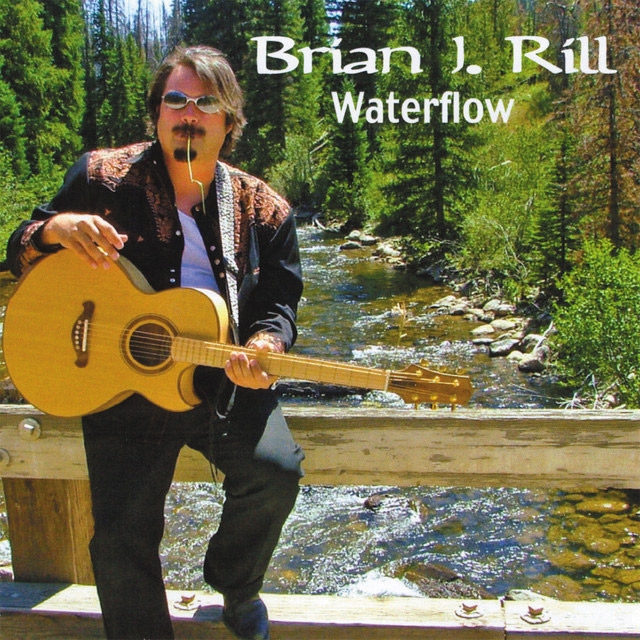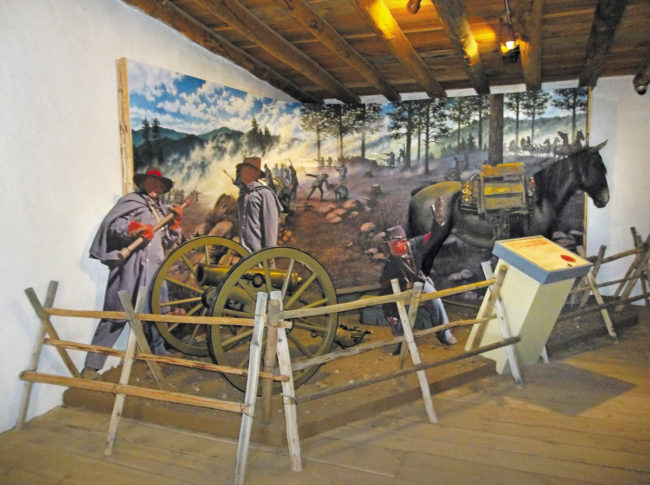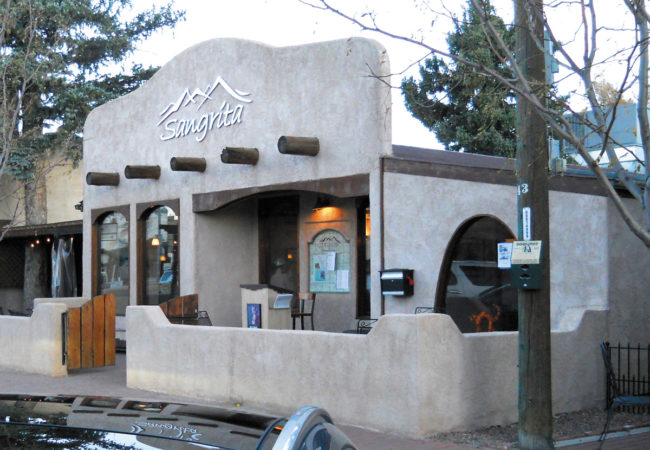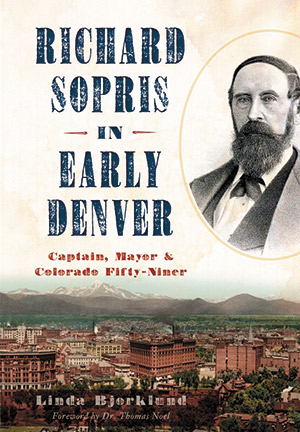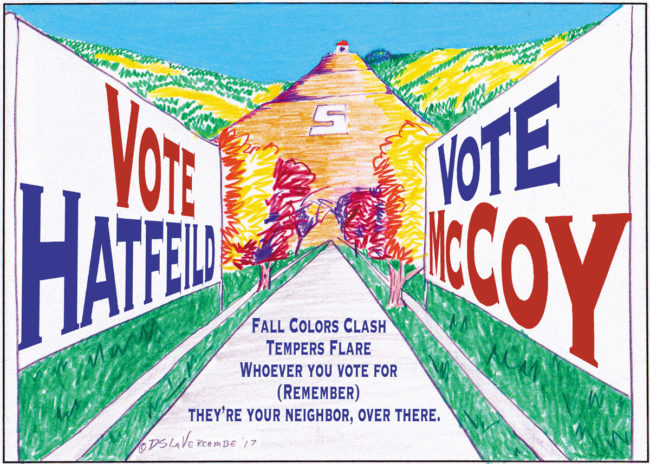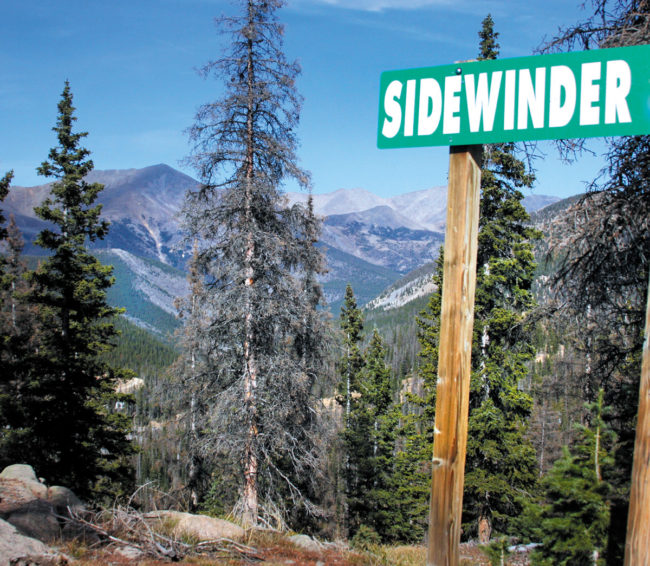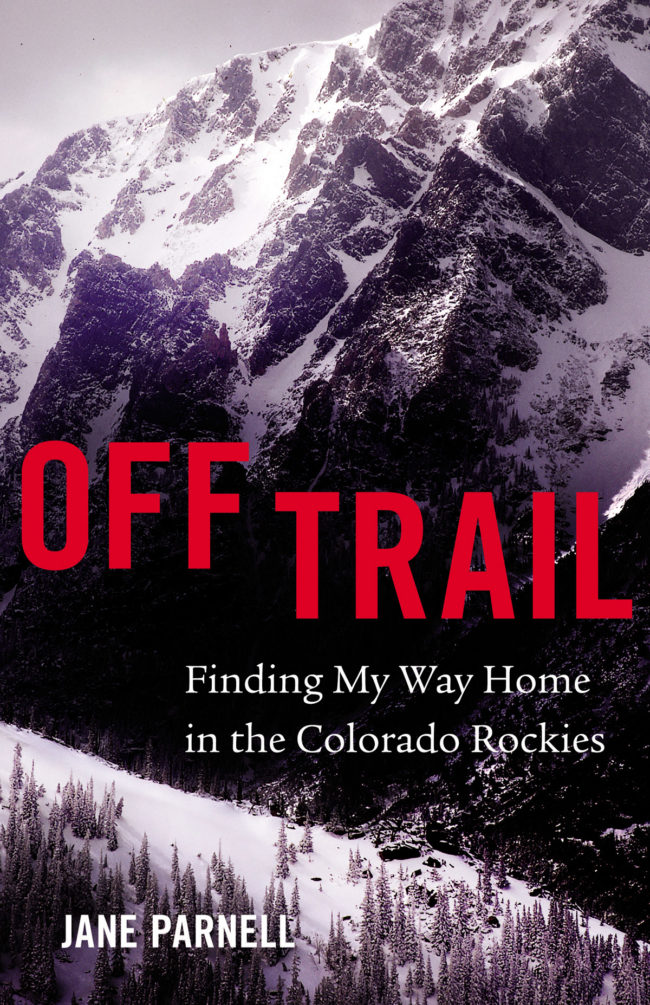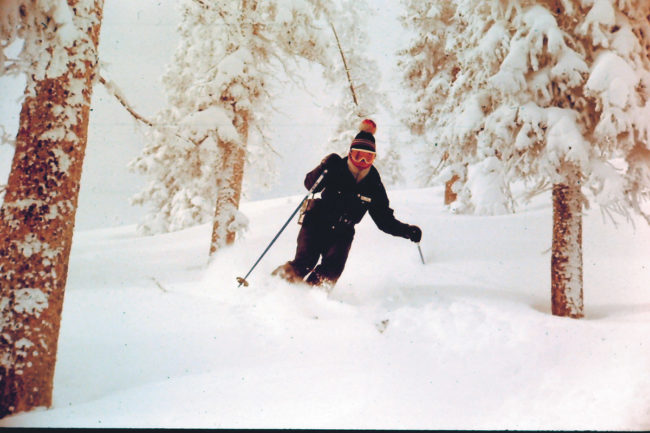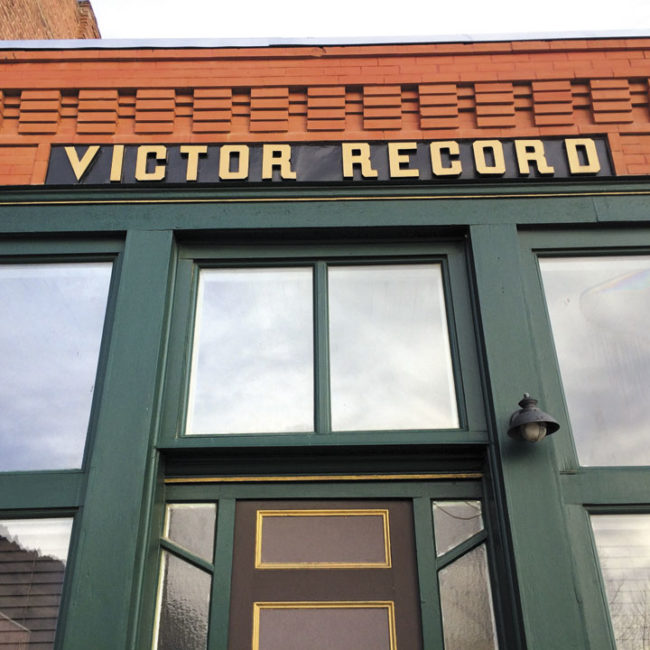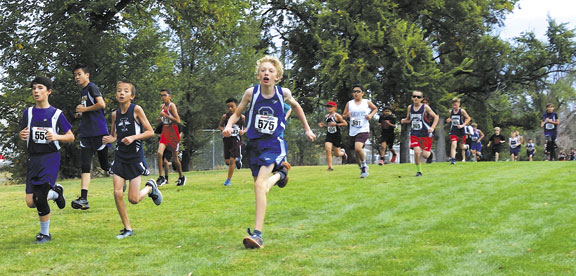By Martha Quillen
By October, I found myself thoroughly bewildered by conflicting viewpoints about Salida’s attorney, Ben Kahn. To hear local activists tell it, he is either terrific or incompetent, which put me in a wait and see mode. But then a candidate told me he thought getting rid of Kahn was an important objective, and I thought in that case I’d better re-evaluate some things before I vote.

